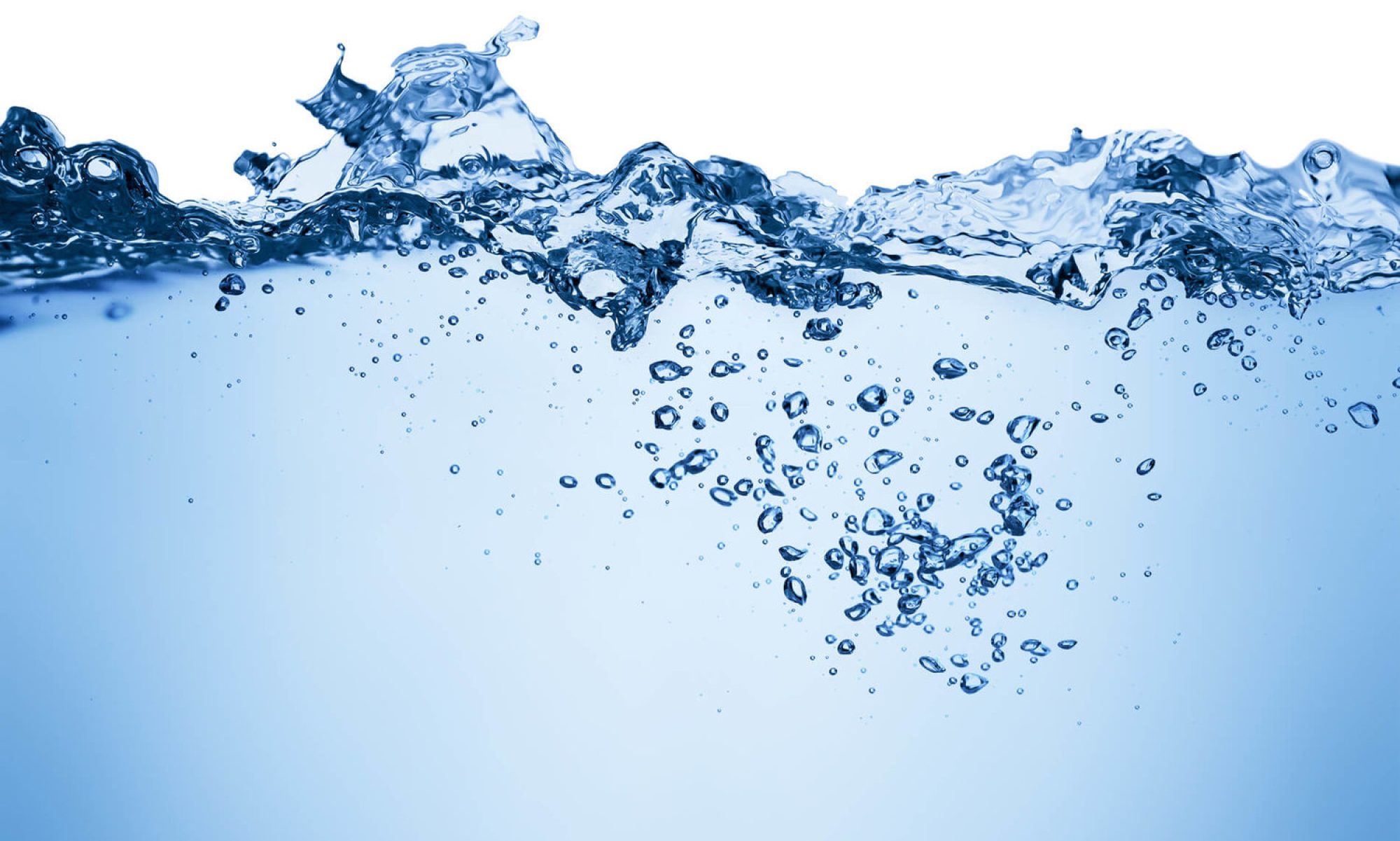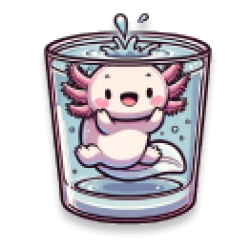- What are the most significant risks that could jeopardize the success of the project? How are these risks being managed? What contingency plans are ready?
The main issue we found is that the waterproof ultrasonic sensor we were using was not working as expected. We discovered that this is because it communicated using the Rs485 protocol, and we need an adapter for it to work with the arduino boards, leading to added space, power consumption, and engineering complexity. The order for our contingency plan – a photoelectric water level sensor – had some issues, did not arrive, and needed to be reordered. It should arrive sometime next week, and we will test it as soon as we receive it. We also purchased a sensor that does not require an adapter. In the meantime, we are testing for our proof-of-concept with a non-waterproof ultrasonic sensor.
- Were any changes made to the existing design of the system (requirements, block diagram, system spec, etc)? Why was this change necessary, what costs does the change incur, and how will these costs be mitigated going forward?
We are considering changing the ultrasonic sensor for a photoelectric sensor. We also purchased a new waterproof ultrasonic sensor. We have room in the budget for it, but it can be returned (within 30 days) if we deem the photoelectric sensor adequate.
Please write a paragraph or two describing how the product solution you are designing will meet a specified need…
Part A (Erin): with consideration of global factors. Global factors are world-wide contexts and factors, rather than only local ones. They do not necessarily represent geographic concerns. Global factors do not need to concern every single person in the entire world. Rather, these factors affect people outside of Pittsburgh, or those who are not in an academic environment, or those who are not technologically savvy, etc
The smart water bottle we are proposing will remind people to drink more water and help them meet their intake goals. A smart water bottle like Aqualotol can benefit everyone in the world but more so people in first and second world countries due to the cost of the water bottle. This bottle is also better for people with smart phone access since it will allow them to use the full feature set of the bottle. People who are not good with technology will still be able to use our intuitive UI in the phone app to track their water consumption level. This bottle is meant for anyone who has a smart phone and can afford the bottle. Although this may seem limited, 68% of the world owns a smart phone and many may want to buy the bottle.
Part B (Alan): with consideration of cultural factors. Cultural factors are encompass the set of beliefs, moral values, traditions, language, and laws (or rules of behavior) held in common by a nation, a community, or other defined group of people.
It has been concluded that the majority of Americans do not drink enough water each day [1] . The current culture, where people have very busy lifes, is, reasonably, one of the factors that impedes people from hitting their water drinking goals. This water bottle, as it is designed to be carried throughout the day, will help people incorporate more water drinking into their routines, helping in the mitigation of this issue. This effect will be further enhanced by the tracking of the amount of water drank, the reminders sent when the user hasn’t been drinking enough, and the social media hydration-streak tracking, allowing friends of the user to remind them to drink more water. Thus, our project can help improve water consumption among Americans, incentivizing healthier habits and reducing the health issues that stem from insufficient water consumption.
Sources:
Part C (Matt): with consideration of environmental factors. Environmental factors are concerned with the environment as it relates to living organisms and natural resources.
The aqualotl project takes into account major environmental factors, since it is a smart and refillable water bottle. Plastic water bottles litter the ocean, and are harmful to the environment, causing the deaths of the unfortunate sea creatures who happen to stumble upon them. In fact, 500 billion plastic water bottles are being used each year, but at least 250 billion of it isnt properly recycled, and is usually littered and it is estimated that around 9 million tons of plastic waste is dumped into the ocean per year. We hope that our bottle will help promote reusable water bottles, instead of one time usage ones that several consumers are accustomed to today, as well as reducing the need for people to litter the environment.

